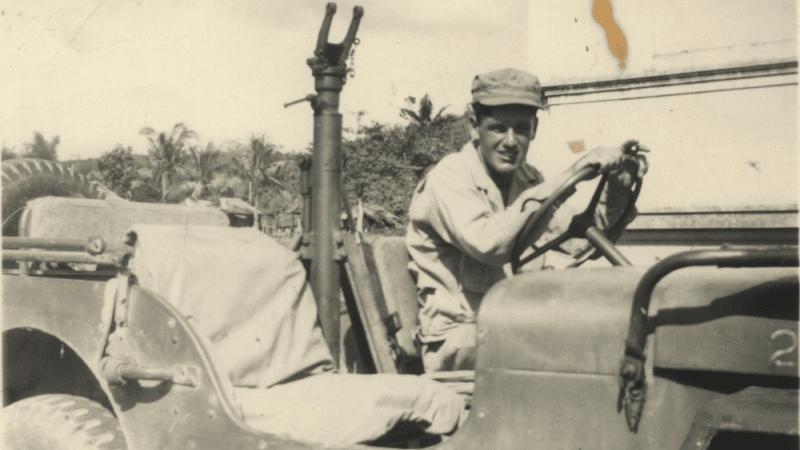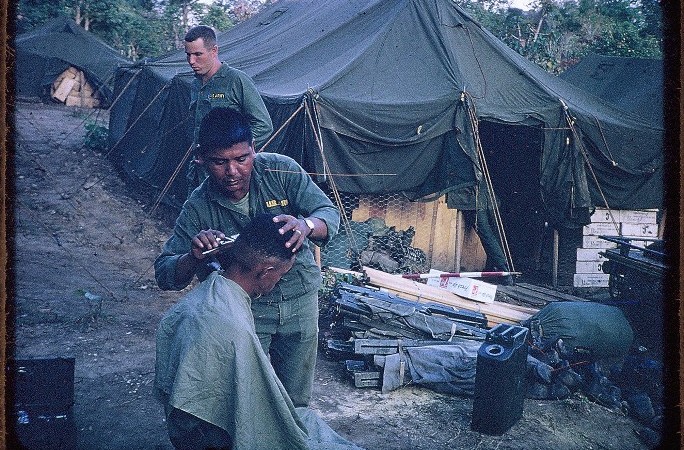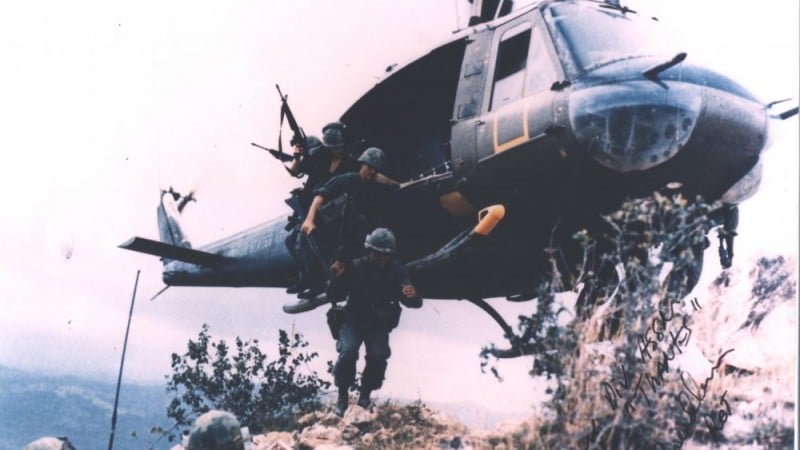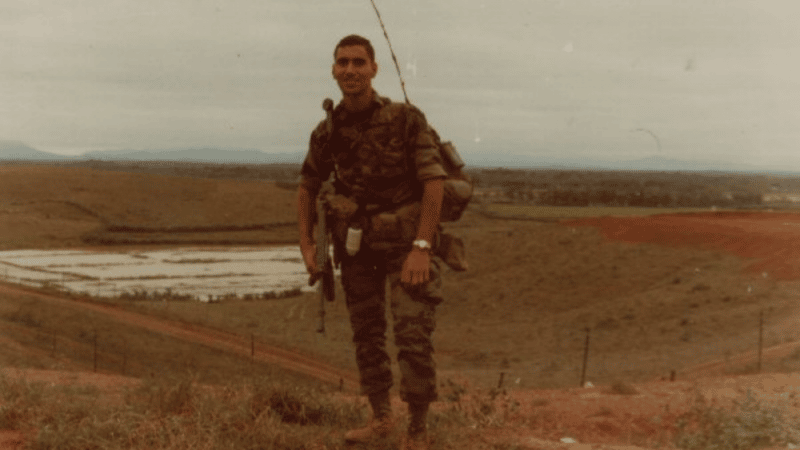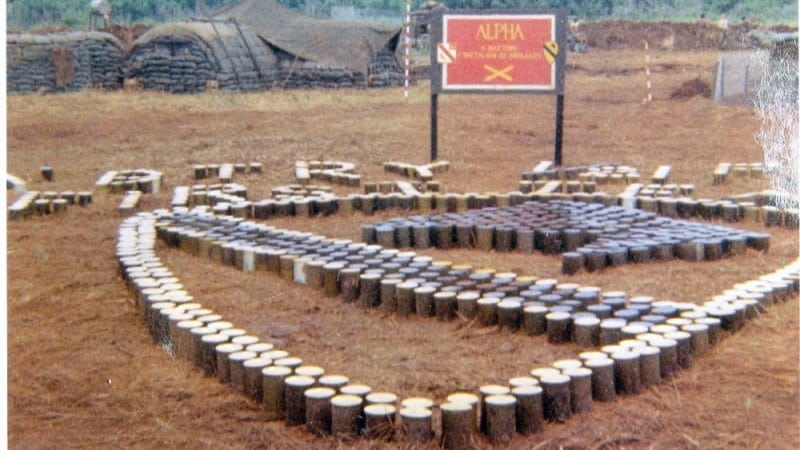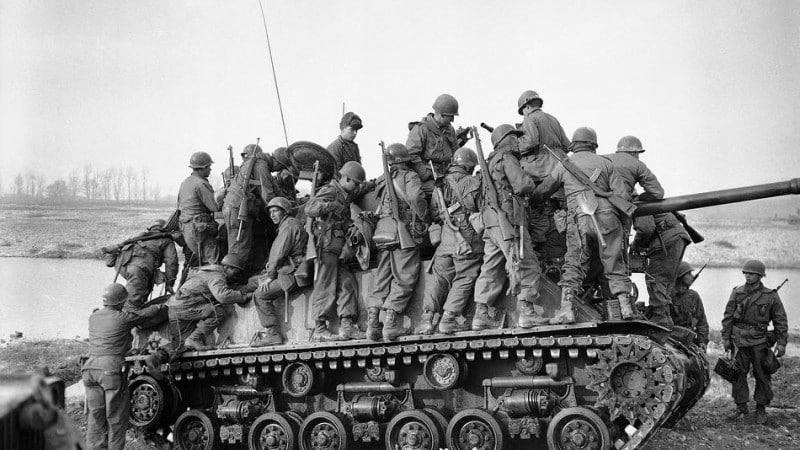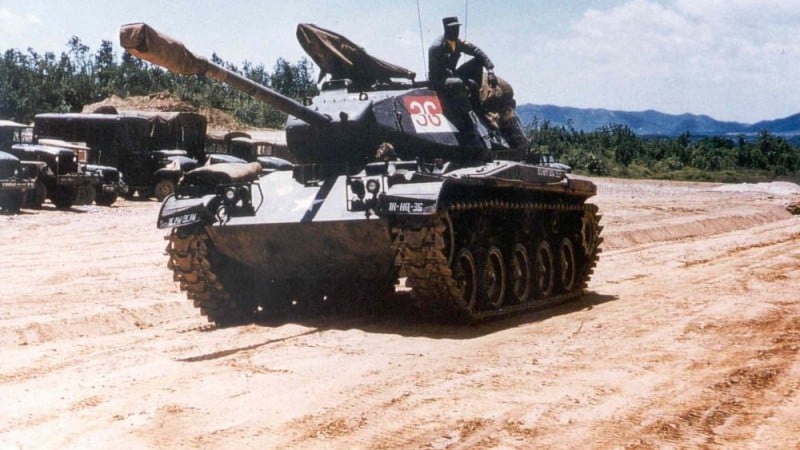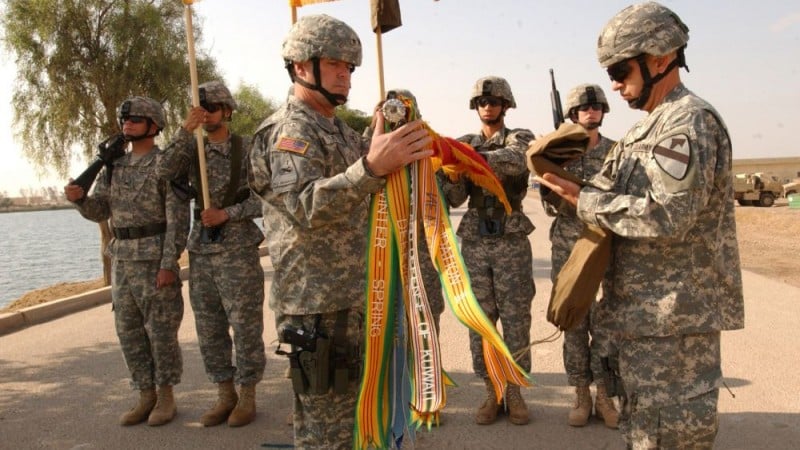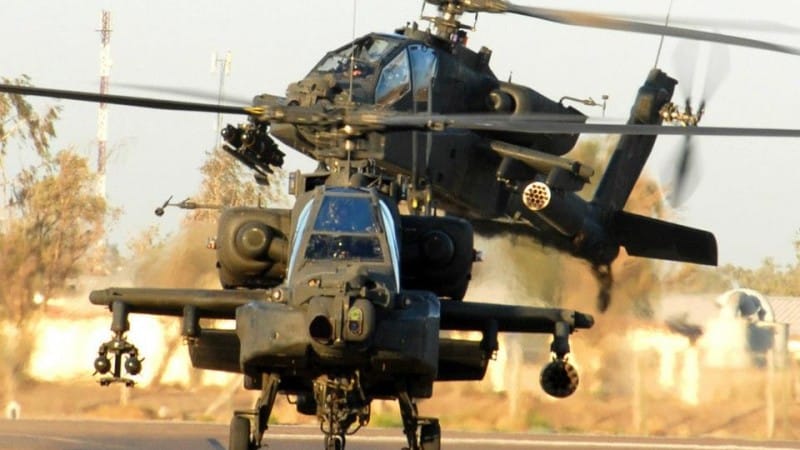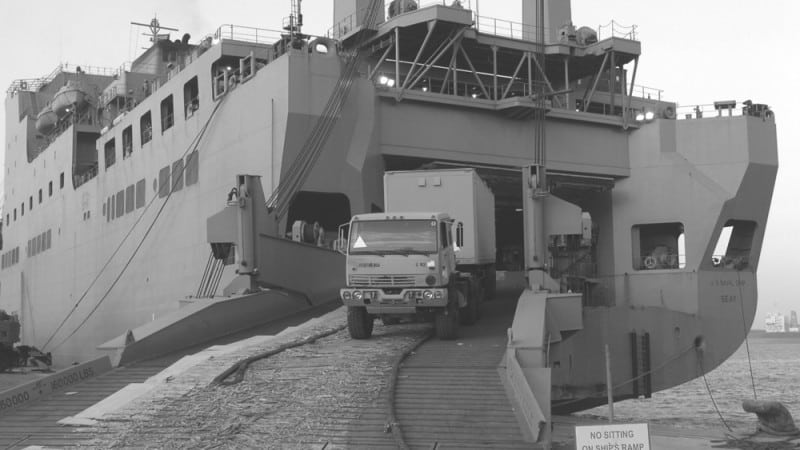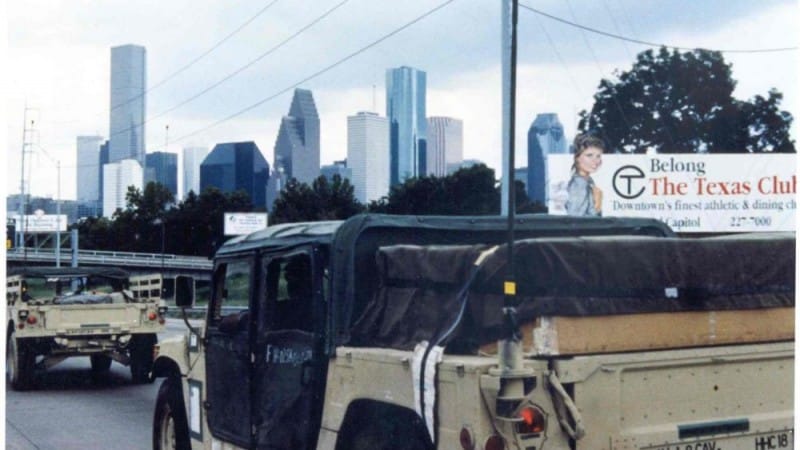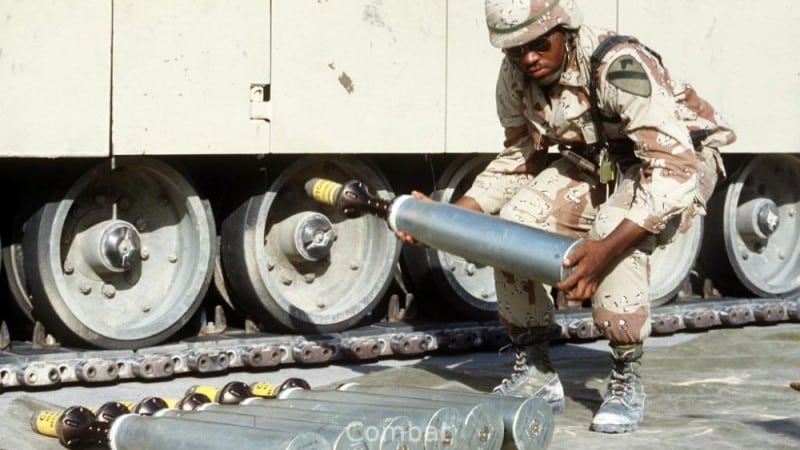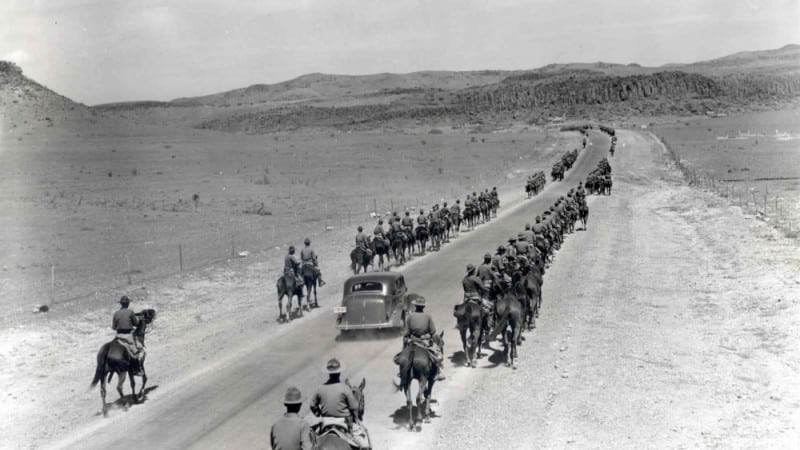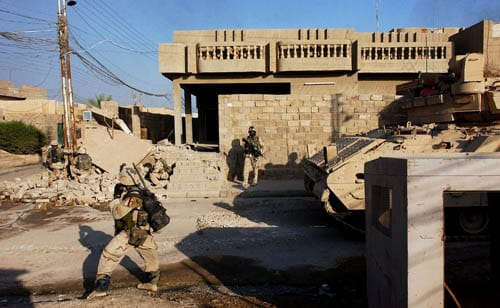61st Field Artillery Battalion
“Sta Bueno”
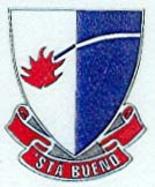
Lineage
The parent unit constituted as the 43rd Artillery Regiment (C.A.C.) on 29 June 1918 and was organized at Haussimont, France on 6 and 7 August 1918. It was inactivated at Camp Eustis, Virginia with the 52nd Artillery Regiment (C.A.C.) designated its active associate, 17 August 1921. Dedesignated as the 43rd Coast Artillery Regiment on 30 June 1924 and disbanded on 14 June 1944. 2nd Battalion (Batteries C and D) reconstituted and consolidated with the 61st Field Artillery Battalion and designated as the 61st Field Artillery Battalion on 28 June 1950. The 61st Field Artillery Battalion was constituted in the Regular Army 16 December 1940 and activated at Fort Bliss, Texas as an element of the 1st Cavalry Division on 3 January 1941.
The Early Days on Horseback
Within ninety days after organization, the Battalion received a total of 300 recruits and 300 remounts. Marches and night problems were conducted and the Battalion took part in the Spring Horse Shows and boxing matches and succeeded in taking its full share of honors. Battery B won the Artillery Basketball Championship and men of the Battalion were on the Division Artillery track and field team that won the Division Championship. The Battalion took part in frequent battery and battalion field exercises and firing on the Dona Ana Target Range and participated in numerous mounted exercises with the 1st Cavalry Division including the Louisiana Maneuvers of 1940.
World War II
After the bombing of Pearl Harbor and the entrance of the United States into World War II, the Battalion and the rest of the 1st Cavalry Division trained in earnest for upcoming combat in the deserts of west Texas. In 1943 the Battalion turned in its horses and deployed with the rest of the Division to begin more intense training for combat in the Pacific in Australia. The 61st Field Artillery Battalion arrived in Brisbane, Australia on 25 July 1943 and immediately began intensive training for combat. The M8 Howitzers were replaced with the 105mm Howitzer, M-2A1, and the TD-9 tractor became the prime mover. The Battalion with all personnel and equipment embarked on Christmas Day 1943 on a Liberty Ship bound for New Guinea and arrived at Camp Sudest on 11 January 1944. On 6 March, the Battalion left New Guinea and made an unopposed landing on Los Negros Island, part of the Admiralty group of islands.
During April 1944, the 61st Field Artillery Battalion supported the 8th Cavalry Regiment during operations in the Malopunyo sector. The ensuing days found the Battalion in direct support of the 7th and 8th Cavalry Regiments, during many attacks on Japanese positions. The 61st Field Artillery Battalion was very effective being both rapid and accurate with its artillery fires. In September 1944, the Battalion was alerted for the Philippine operations and on 8 October it was combat loaded on an LST and would make an opposed landing on the Island of Leyte. With Leyte secure, the Battalion was again combat loaded, and in January 1945, made a landing on Luzon.
“B” Battery, 61st Field Artillery Battalion was with General Chase and the 2nd Battalion, 8th Cavalry when the “Flying Column” made the dash to liberate Manila and free the internees at Santo Tomas University. The Battalion had many fire missions during the fight to free Luzon. In one position near Cainta, the Battalion was subjected to almost nightly Japanese artillery fire. On 12 March 1945, the 61st Field Artillery Battalion was relieved and went into camp near Alabang where a program of rest and equipment rehabilitation was carried out.
During late March and early April 1945, the fighting continued with the 61st Field Artillery Battalion seeing some of the most intense firing and lucrative targets of the campaign. May and June found a new role for the Artillerymen as they were given the mission of patrolling and mopping up which in effect made them combat Infantrymen. With the Luzon campaign over on 1 July 1945, the 61st Field Artillery Battalion began preparing for an assault landing on the Japanese mainland. Then in quick succession came the dropping of the atomic bombs on Hiroshima and Nagasaki, which resulted in the unconditional surrender of the Japanese.
Occupation Duty
The 1st Cavalry Division was selected by General Douglas MacArthur to accompany him to Tokyo as part of the Army of Occupation. On 2 September 1945, the 61st Field Artillery Battalion sailed into Tokyo Bay beginning their time as an occupation force. The first home of the 61st Field Artillery Battalion was at a former Japanese Army base just outside of Tokyo which was later named Camp Drake, in honor of Colonel Royce A Drake, the commander of the 5th Cavalry Regiment who was killed on Leyte. Among the missions given to the Troopers of the Battalion were the dismantling of the Japanese war machine, inspections and parades which were commonplace during this period of time. Additionally, the Battalion conducted training firing their guns at Camp Weir and amphibious training at Camp McGill to maintain combat readiness.
The Korean War
As a result of the North Korean invasion of South Korea on 25 June 1950, the 61st Field Artillery Battalion and the 1st Cavalry Division would again be going into combat. On 14 July 1950, the Battalion left Japan for Korea aboard the LST’s Cavalier and Oglethorpe, under the command of Lieutenant Colonel Alden O. Hatch. The Battalion made an unopposed amphibious landing at Pohang-dong, South Korea on 18 July 1950 and was committed to combat on 22 July with the 4th Howitzer Section of Battery B firing the first round for the Battalion during the Korean War. On 24 July the 61st Field Artillery Battalion came under heavy fire from North Korean tanks, mortars and small arms fire suffering its first casualties of the Korean War.
The next several weeks were spent in the Pusan Perimeter near the town of Waegwan on the Naktong River. The 61st Field Artillery Battalion would be awarded the Korean Presidential Unit Citation for its actions along the Naktong River. After the great success of the Inchon landing, the Battalion along with the rest of the 1st Cavalry Division made a breakout which would carry them all the way to Pyongyang, the capital of North Korea.
Under the command of Major Joe Knott, the 61st Field Artillery Battalion was with the 5th Cavalry Regiment when they entered the city of Pyongyang with the first artillery rounds being fired into the capital city by A Battery. Jubilant Artillerymen celebrated, confident that the war would be over soon. During the last days of October 1950, the Battalion would clean equipment, attend USO shows, souvenir hunt in the Russian warehouses and generally lead a garrison life with hot food, shined boots and inspections.
The rumors of going back to Japan were unfounded, and by 4 November the 61st Field Artillery Battalion was back in the line in support of the 27th British Brigade. At 0800 hours on the morning of 5 November, the Battalion was attacked by an estimated regiment of Chinese Infantry whose intent was to destroy the two bridges over the Chong-chon River near Pakchon. The Chinese were quickly brought under heavy fire by the Battalion and were thwarted in their attempt to cut off the 27th Brigade and with an estimated 500 dead the Chinese retreated. The Battalion suffered several casualties and had ammo section from Battery A captured. There were many acts of distinguished service with Captain Howard Moore of C Battery earning a Distinguished Service Cross and the Military Cross from the British. The 61st Field Artillery Battalion would be awarded the Presidential Unit Citation for its actions.
On 25 November 1950, morale was again high with General MacArthur stating that troops would be home for Christmas. On the same day, the 61st Field Artillery Battalion moved to a new position on the bank of the Chong-chon River next to a mountain called “Chinaman’s Hat” in support of the 2nd Infantry Division. At 2300 hours, the entire Battalion was attacked with A Battery being overrun in the first wave of bugle blowing, screaming Chinese Infantrymen. The outposts were overrun in the first wave and A Battery’s guns fell one by one. With A Battery’s commander Captain Rex C. Gunnell killed, the remaining personnel withdrew to new positions. The Battalion was ordered to withdraw and moved south to Jujang-dong. At daylight, Lieutenant John P. Kean led volunteers back to the A Battery position and despite heavy enemy machine gun and rifle fire succeeded in removing all guns and vehicles that were not destroyed. The remainder of the winter would be spent in general withdrawal back to South Korea.
In February 1951, part of the 61st Field Artillery Battalion would be in “Task Force Crombez”, the force that rescued the beleaguered 23rd Regimental Combat Team at Chipyong-ni. On 30 April 1951, command of the 61st Field Artillery passed from Lieutenant Colonel Knott to Lieutenant Colonel John C. Breedlove. In December 1951, the 61st Field Artillery Battalion was replaced on line by the 158th Field Artillery of the 45th Infantry Division and by January 1952 was back in Japan. During the Korean War the 61st Field Artillery fired 400,000 rounds of 105mm ammunition, suffered 21 killed in action, 17 missing in action and 145 wounded. Personnel of the Battalion earned two Distinguished Service Crosses, 26 Silver Stars, and 105 Bronze Stars for Valor, all in ground combat plus a number of other medals for meritorious service.
Camp Chitose I
In January 1952, the 61st Field Artillery Battalion went into garrison at Camp Chitose I in Japan. As soon as the camp was established, intensive training was begun. O 30 January 1953, the Battalion was alerted for return to Korea. The 61st Field Artillery Battalion found itself in Korea on 14 February 1953 in support of the 5th Cavalry Regimental Combat Team. Returning to Japan and Camp Chitose I on 18 April 1953 the Battalion would spend the remainder of its days training. On 15 October 1957 the 61st Field Artillery Battalion was inactivated and consolidated with the 43rd Field Artillery, 64th Field Artillery Battalion, and Headquarters 43rd Artillery Group to form the 43rd Artillery. The commanding officer of the 5th Cavalry Regiment, Colonel Irving Lehrfeld said of the Battalion, “The failure of the enemy to accomplish their mission and subsequent rout was, in large part, due to the fine work of the men of the 61st, from forward observers to the men that pull the lanyards”.
Commanding Officers of the 61st Field Artillery
LTC Thomas S. Gunby – Fort Bliss, Texas
LTC Vaden Lackey – Fort Bliss, Texas
LTC Samuel K. Yarborough – Fort Bliss, Texas and World War II
LTC Robert Woodard – World War II
LTC William A. Becker – World War II and Japan
LTC Red Lawrence – Japan Occupation
LTC William R. Orr – Japan Occupation
LTC Alden O. Hatch – Japan and Korean War
LTC Joseph Knott – Korean War
LTC John C. Breedlove – Korean War and Japan
LTC Max H. Gerard – Japan
